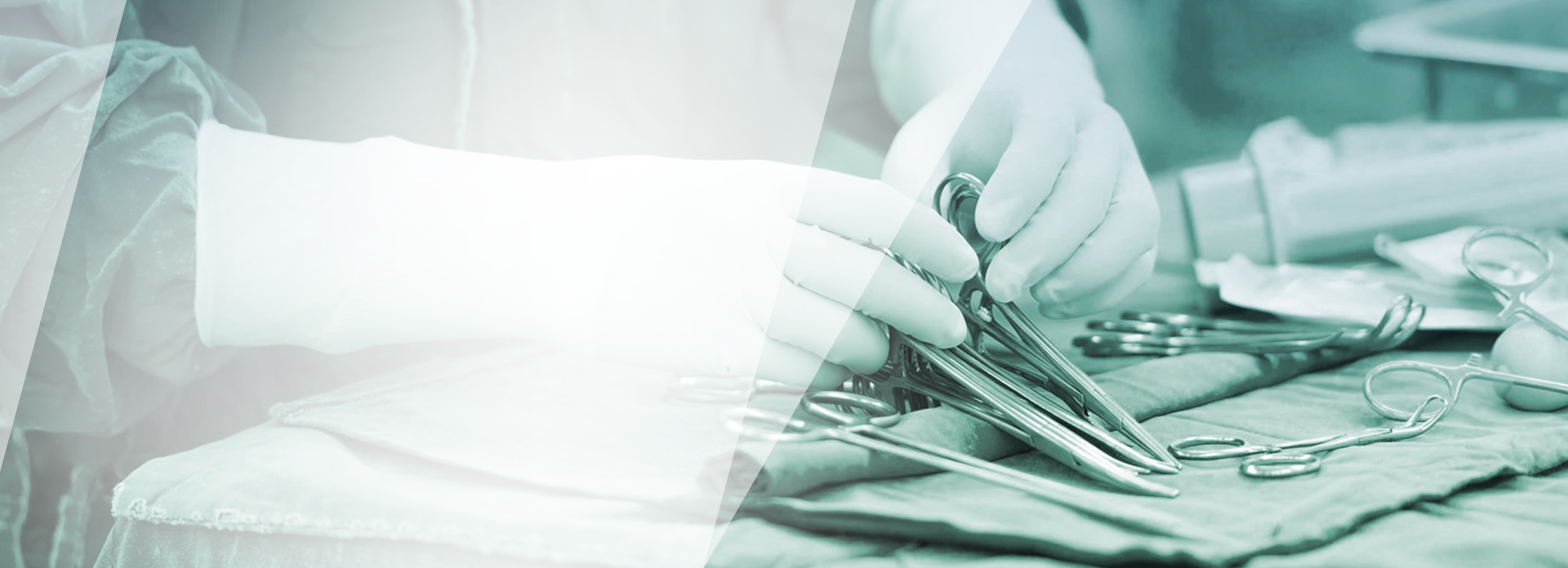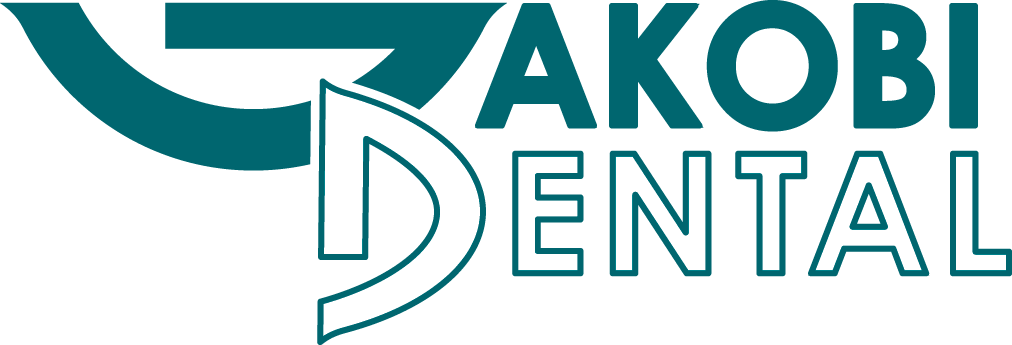
Cleaning, sterilization and maintenance of instruments
Before sterilization clean the instruments carefully (especially delicate ones) by hand or in a disinfection or ultrasonic cleaner. Strictly follow the producer’s instructions. Improper operation and maintenance, as well as use for purposes other than intended, can cause premature wear and tear to the products.
Products are not sterilized at the moment of delivery!
First use of new instruments
All Instruments are delivered as unsterile products and the user MUST clean and sterilize them before using!
Cleaning and maintenance
- We recommend that you wipe the photo mirror clean with a disinfection cloth after each use, after which you should sterilize it for 10 minutes in an autoclave at 134°C.
- Use only proper cleaning and disinfection solutions, strictly following instructions regarding dosage.
- Do not sterilize together instruments from stainless steel and those from other metals or materials. Doing so can cause oxidation spots.
- Rinse instruments thoroughly after cleaning with demineralized water. Remove any grating and fouling with a soft brush (never with a steel brush). If not removed, residue can cause corrosion or other damage during sterilization.
- Dry the instruments carefully before placing them in the autoclaves or hot air sterilization device. All instruments with hinges (tongs, shears, needle clamps, etc.) should be sterilized in an open position.
- Store the sterilized instruments dry, dust-free and away from chemical products. Avoid temperature variations.
Problems • Causes • Prevention
Spots
- If the photo mirror is kept too long in the autoclave, slight spots can appear on the surface (removable with a standard lime scale remover and a soft cloth).
- Insufficient mechanical or manual cleaning.
- Influences of water — high chloride content causes damage (for information contact local water utility).
- Improper cleaning, disinfection and care for products.
- Noncompliance with dosing instructions.
- Contaminated sterilization steam.
- Residue from medicine
- Over-concentration of mineral compounds, heavy metal ions and/or silicates in rinsing water and sterilization steam. Use only distilled water.
- Tarnish and water spots are not corrosion and must be removed by a strong abrading.
- Avoid improper, acidic or chlorine-based cleaners.
- Do not use stainless instruments in any phase together with even slightly rusty instruments or instruments with a damaged surface, to avoid contact.
- Corrosion can appear via water containing rust while cleaning or in the autoclave. Use only distilled water. Clean new autoclaves before using.
Improper operation will result in voiding of warranty!
